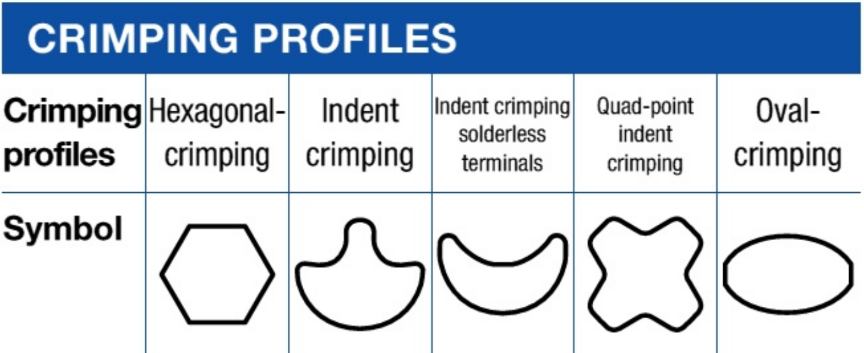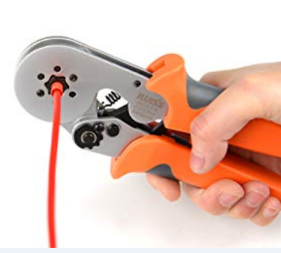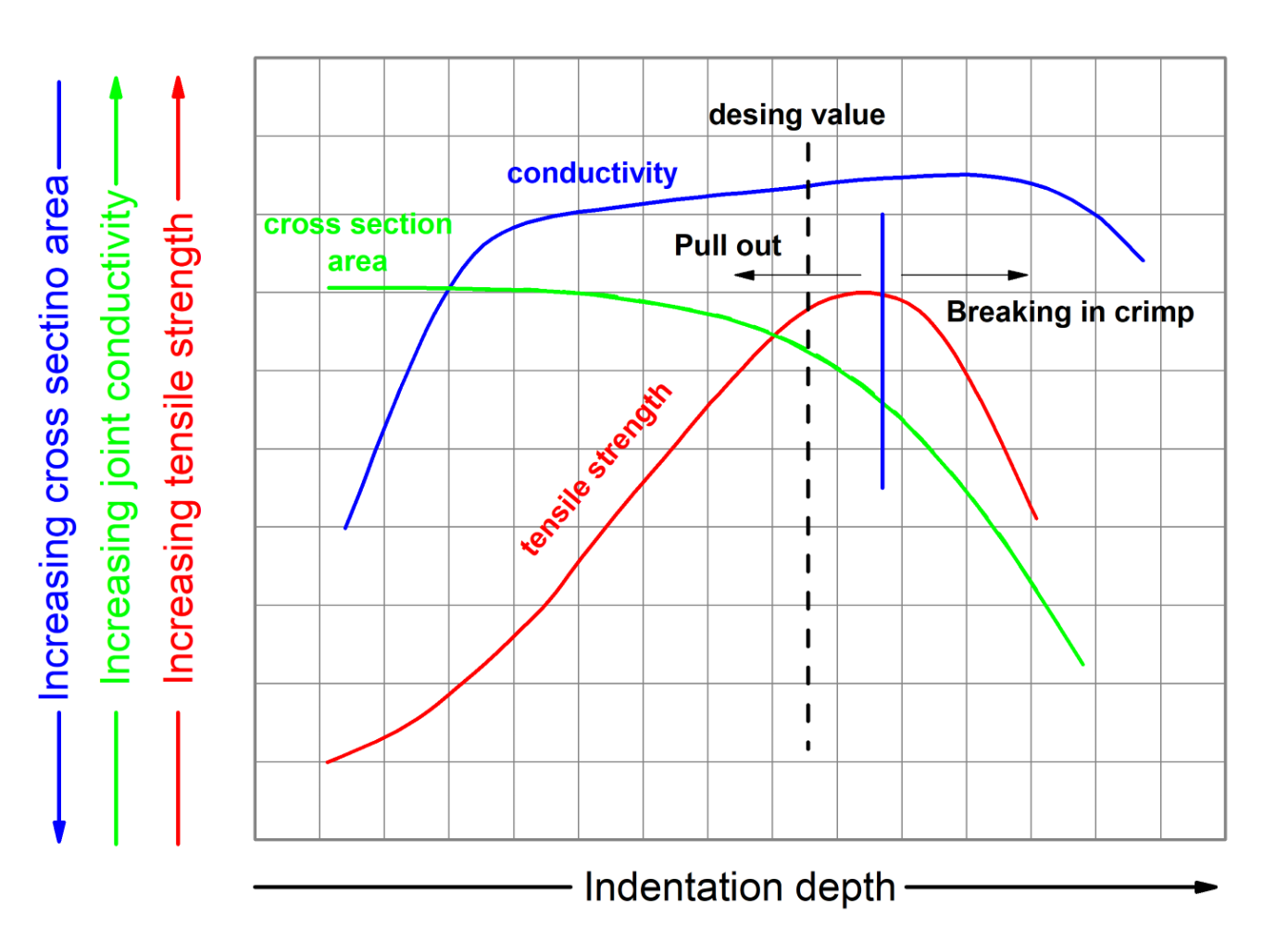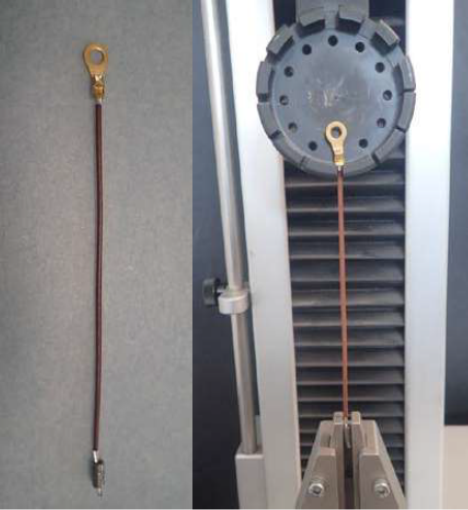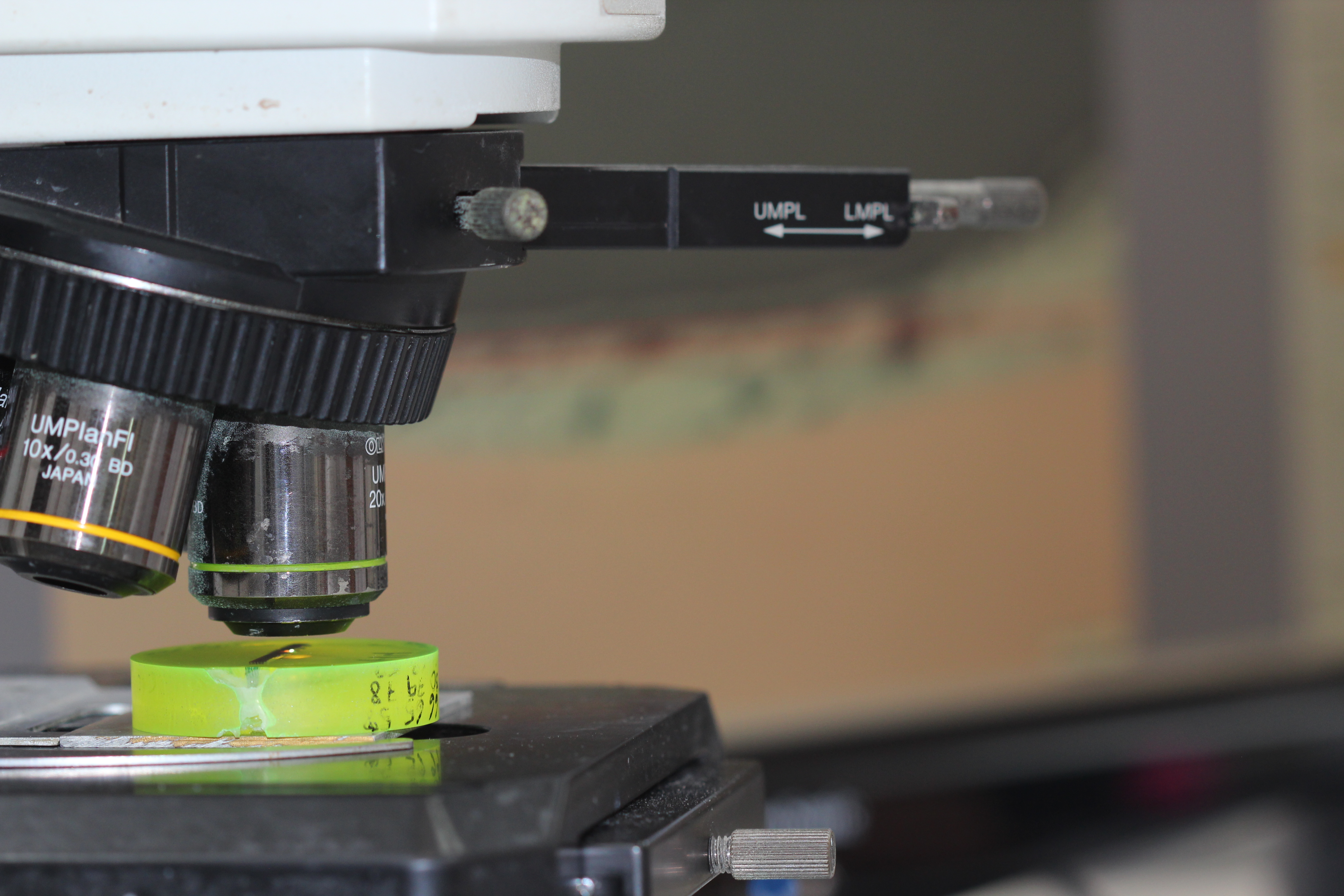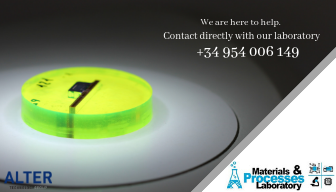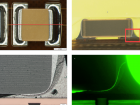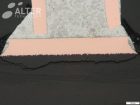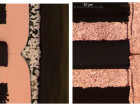Crimped Connectors: Reliability and testing.
Introduction
Crimping together with wire wrapping and spring clip systems are the preferred alternatives for the solderless connection of electrical conductors. In particular, crimped connectors offer several advantages such as:
- Gas-tightness and protection against oxidation and corrosive environments.
- High mechanical strength inherent to the lack of alloys in the mechanical joint.
- Large versatility in terms of the wire diameters.
However, these advantages and electrical performance largely depend on the suitable design and execution of the crimp joint. Therefore, the crimping tool, the workmanship and used materials are critical factors that determine both the mechanical strength and electrical performance. For instance, a suitable design and materials selection must consider the elastic modulus and creep relaxation of both barrel and wire in order to achieve the required gas tightness and electrical conductivity. Similarly, the wire diameter, the number of strands, and plating must be specifically adapted to the barrel characteristics. Finally, the applied force and indentation depth, determined by the crimping tool characteristics and calibration, shall be adapted to the rest of characteristics.
Because of the number and complexity of the factors affecting the crimping quality diverse specifications are devoted to assess and assure the quality depending on the intended application. For instance, due to the strong presence in the automotive industry several manufacturers have stated their own standards in addition to those from public international agencies. Some relevant examples of both are included in the following table.
| wdt_ID | Organization | Specification | Reference | Link |
|---|---|---|---|---|
| 1 | European Cooperation for Space Standardization (ECSS ) | Crimping of high-reliability electrical connections | ECSS-Q-ST-70-26C | |
| 2 | SAE International | Performance Specification for Cable-to-Terminal Electrical Crimps | USCAR21 | |
| 3 | NASA Workmanship standard for crimping, Interconnecting cables, harnesses, and Wiring | Workmanship standard for crimping, Interconnecting cables, harnesses, and Wiring | NASA-STD 8739.4A | |
| 4 | Tyco Making and Evaluation of Cross Sections for F-Crimp terminations | Making and Evaluation of Cross Sections for F-Crimp terminations | TYCO 114-18022-10 | |
| 5 | Volkswagen | Crimp Connections Solderless Electrical Connections | VW60330 | |
| Organization | Specification | Reference | Link |
Table1. Examples of international specifications for crimped connectors.
Indentation depth and dimensional verifications.
As fast check, the indentation depth and the width of crimped area has to be measured and verified according to the manufacturer tolerances. However, this measurement only partially evaluates the agreement with to the factory specifications; and more accurate and thorough tests are required in most of the previously mentioned standards in order to assess the actual global performance.
Pull or tensile strength test.
Crimped connectors are devised to failure at a given tensile force. However, this rated strength can only be reached when crimping is properly performed. Smaller or larger indention depths (under crimping or over crimping) impair the mechanical strength as illustrated in the figure. Therefore, under crimping causes failure by pull out; whereas over crimping damages the crimped junction and the fail is produced by breaking in the crimp. In addition, short pull-out force is also indication of poor gas tightness which in turn is related to catastrophic fails due to oxidation and other corrosion phenomena. Hence, pull or tensile strength test is mandatory in most of the specifications.
Tensile strength test is intended to measure the tensile force required to detach (pull out) the crimped ferrule when applying an axial stress. In this test an increasing axial load is applied on the crimpled joint until to reach the failure threshold. Pull rate (i.e. the rate at which the wire and the terminal are pulled apart) is a relevant factor affecting the ultimate pulling force that is indicated in some specifications. Special attention must be paid to this point to obtain a reliable test result.
Metallographic cross-section inspection.
Metallographic or micros-section inspection is mandatory in several regulations including ECSS specifications required by European Space Agency (ESA) projects.. For this inspection the connector is cross sectioned in order to gain access to the internal structure of the crimped area. This allows us to deeply assess the real quality of the crimped area by analysing several critical factors such as: the void percentage, the barrel and wires deformation, braids distribution and the barrel and wire integrity (cracks formation and plating delamination).For instance, specification ECSS-Q-ST-70-26C, used in ESA projects, states that “voids occupy less than 10 % of the cross sectioned area of the wire”. In addition, it also indicates that barrel shall not present cracks or other damages induced by the crimping process. The figure compares rejected and accepted cross-sections according to both criteria analysed in our laboratory.

Figure 4. Examples of Connectors rejected and accepted iaw the specification ECSS-Q-ST-70-26C.
The used methodology (preparation steps) and materials (cutting tools, cloths, lubricants and abrasive media for gridding and polishing) must be specifically adapted to the materials forming the inspected connectors. Alter Technology has laboratory dedicated to these processes and accumulates a high degree of expertise in these activities. The suitable selection of the microsectioning strategy permits to obtain the actual internal structure, free of features related to improper micro-section approaches.
Metallographic cross-section inspection of crimped connectors is typically performed by optical microscopy. However, thorough failure analyses also require combining micro-analytical tools (EDX) and advanced electron-microscopy techniques (Hi-Resolution SEM) in order to study the presence of corrosion products at the barrel and wires surfaces. The figure shows one of these analyses carried out by Alter Technology during the failure analyses of a crimped connector.
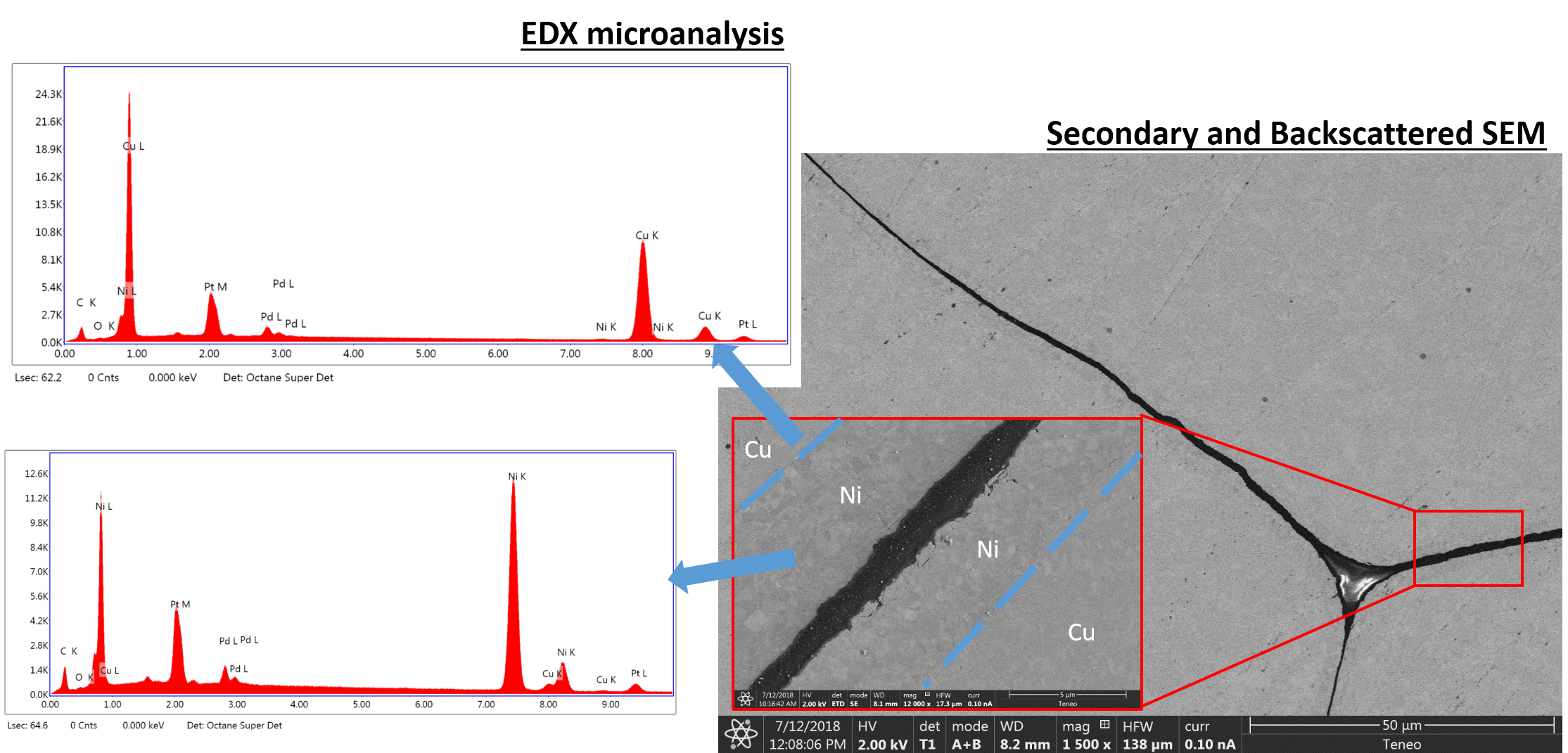
Figure 5: Additional Microanalyses.
Our commitment to quality
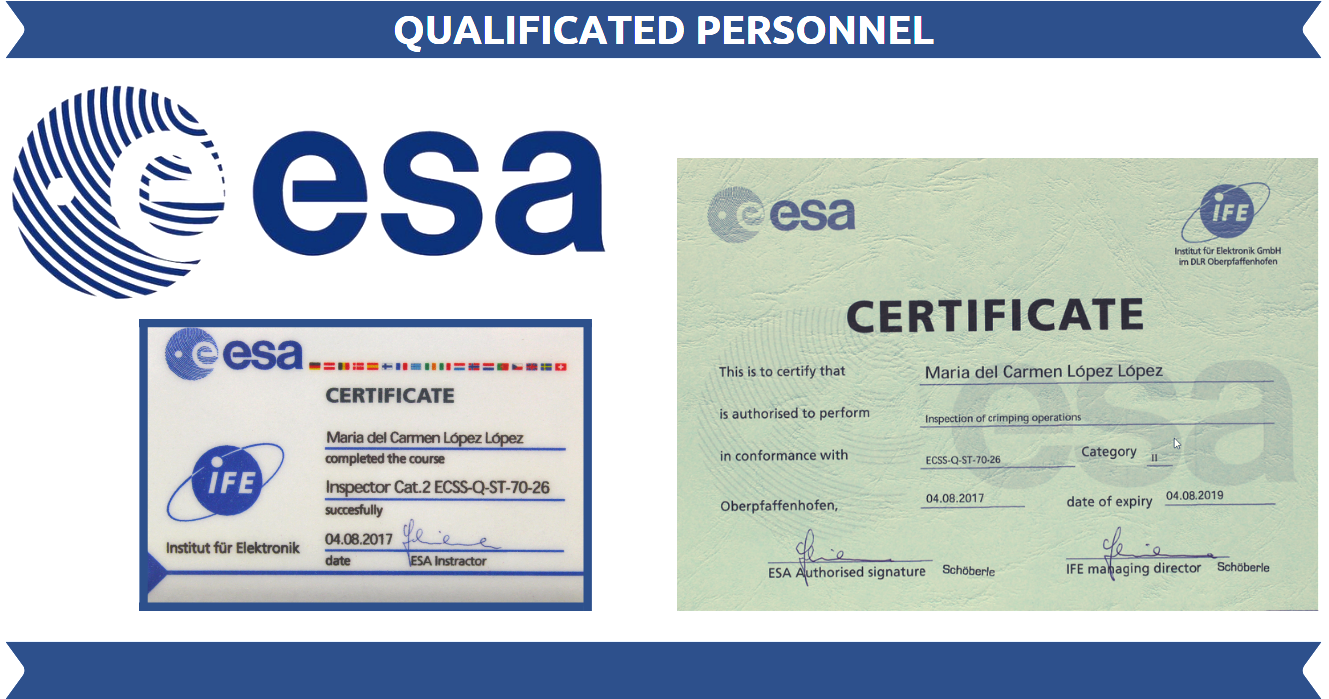 Verification and inspection of Hi-Rel crimped concertos is a highly-specialized task that require qualified staff. With this concern ESA trains and certifies inspectors for of such activities. As a representative example of the Alter Technology commitment to quality, crimped-connection inspection is conducted by highly qualified and ESA certified staff. Similarly, micro-sectioning is a delicate process that can induce misleading results. Being this a critical issue that does not only depends on the laboratory protocol but also on the skills and training of the technical team conducting the activities, ESA selects those laboratories that according to the higher quality standards are recommended to perform such operations on SMT/PCB systems. It is worth mentioning here that due to the high-level standard that Alter Technology maintains in all its activities it is currently an ESA recommended laboratory to conduct metallographic inspections in SMT systems.
Verification and inspection of Hi-Rel crimped concertos is a highly-specialized task that require qualified staff. With this concern ESA trains and certifies inspectors for of such activities. As a representative example of the Alter Technology commitment to quality, crimped-connection inspection is conducted by highly qualified and ESA certified staff. Similarly, micro-sectioning is a delicate process that can induce misleading results. Being this a critical issue that does not only depends on the laboratory protocol but also on the skills and training of the technical team conducting the activities, ESA selects those laboratories that according to the higher quality standards are recommended to perform such operations on SMT/PCB systems. It is worth mentioning here that due to the high-level standard that Alter Technology maintains in all its activities it is currently an ESA recommended laboratory to conduct metallographic inspections in SMT systems.
- MacroVoids in assembled BGA packages - 14th August 2019
- Microsection Inspection / Constructional Analysis - 23rd July 2019
- Microsection Inspection / Failure Analysis - 19th July 2019


